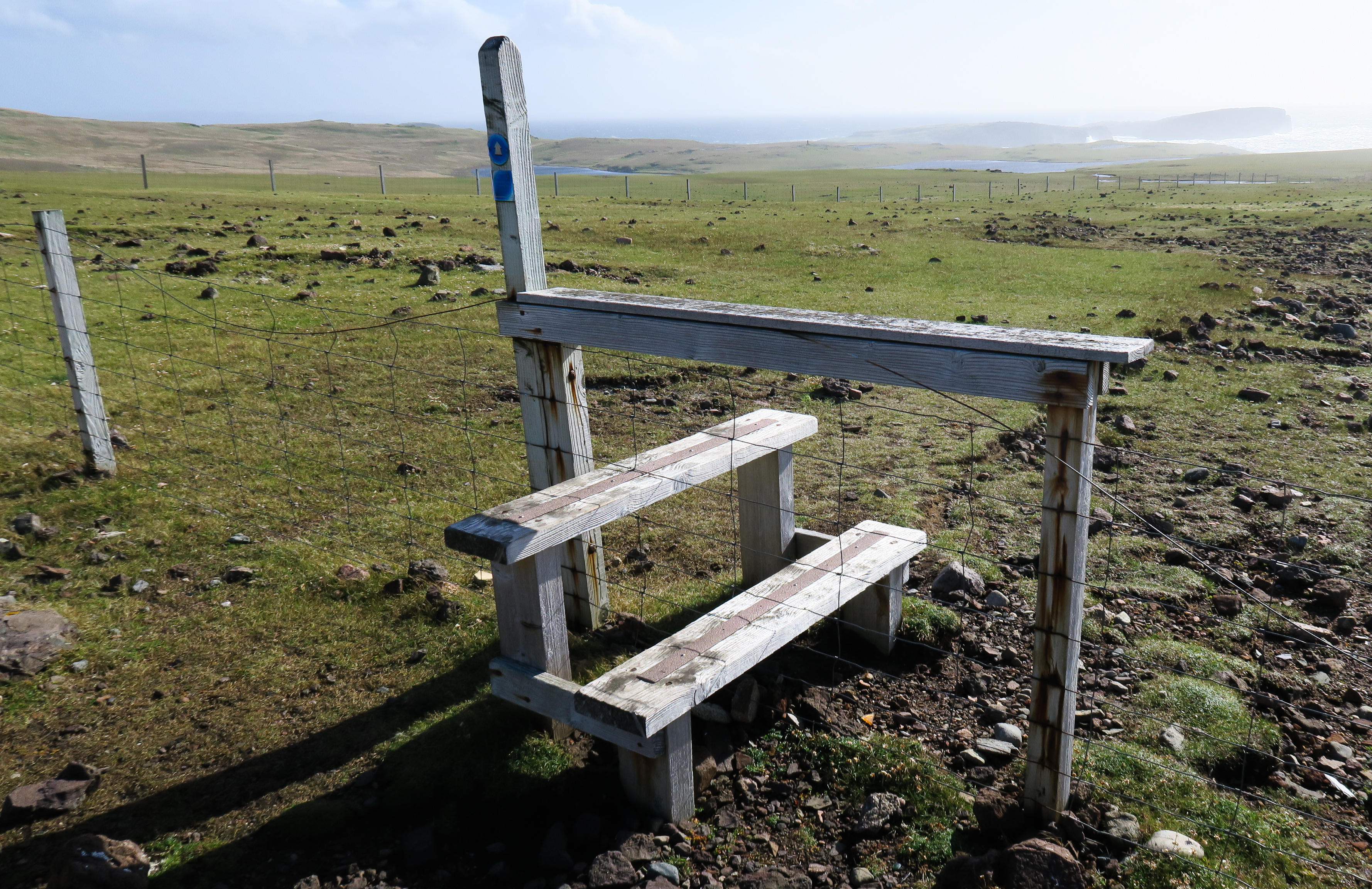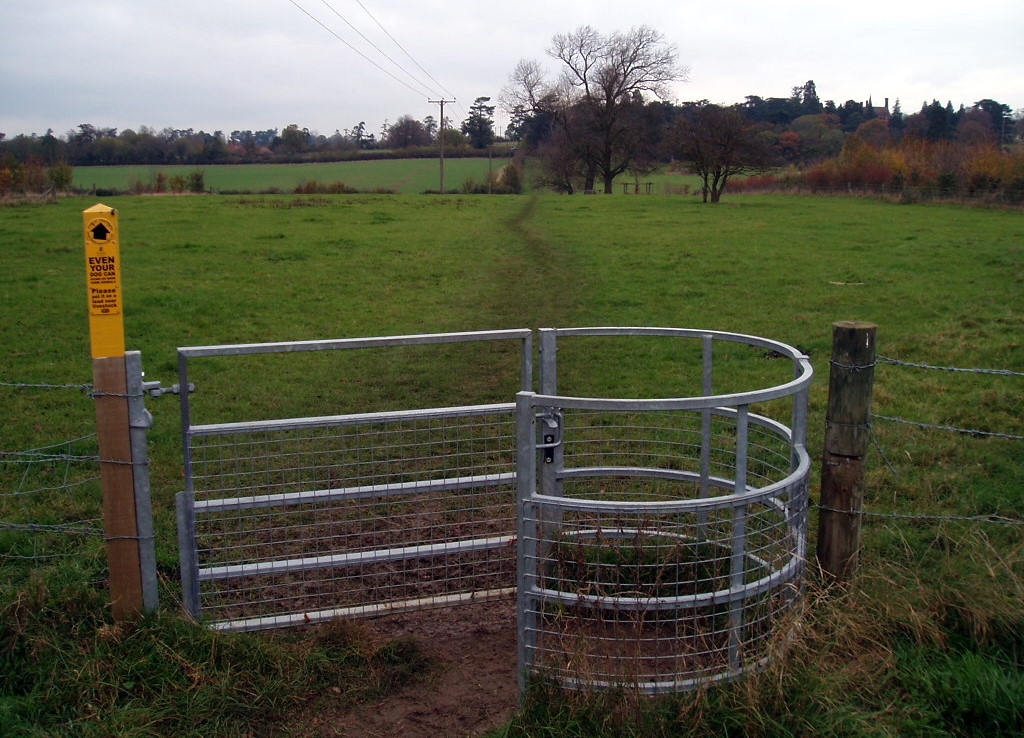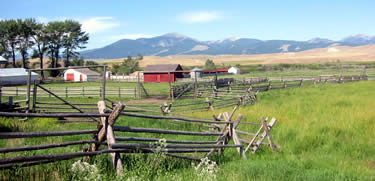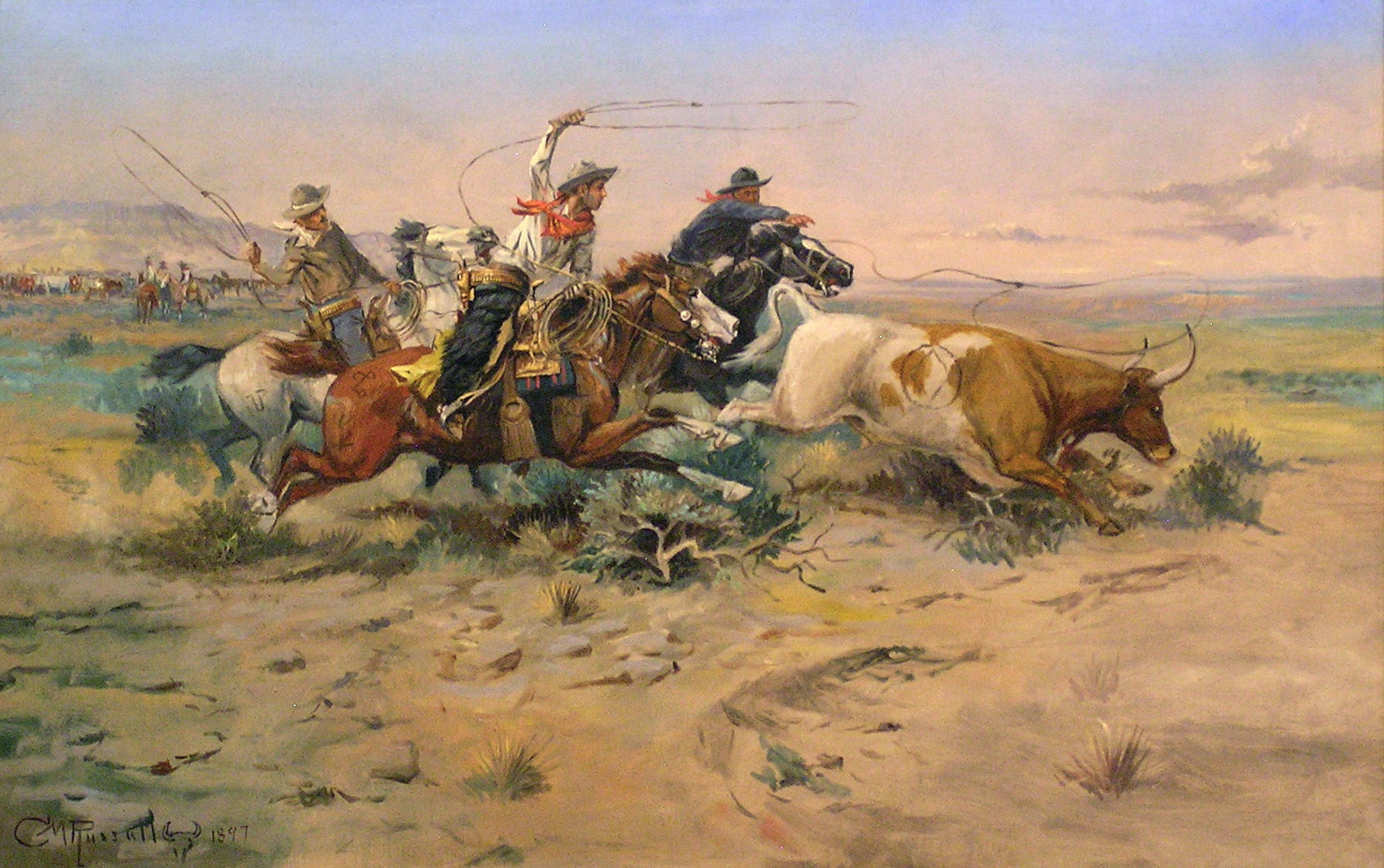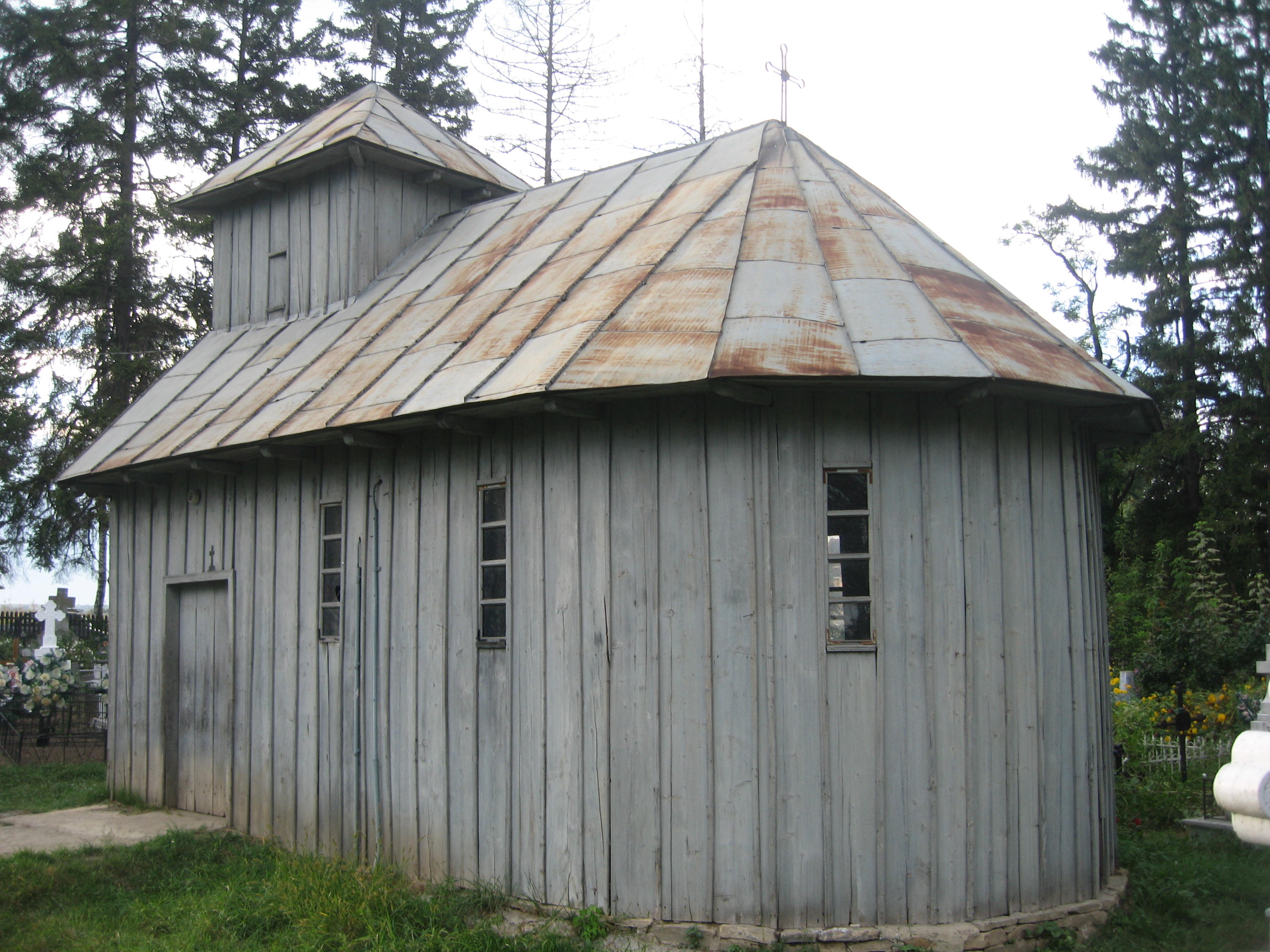|
Hampshire Gate
A Hampshire gate, New Zealand gate or wire gate is a type of agricultural gate formed from a section of wire fence which can be removed temporarily. This type of gate is used where access is only needed occasionally, or when the cost of a conventional rigid gate cannot be justified. It does not require the heavy Gatepost, gateposts needed to support the weight of a rigid gate, it can be adapted to a variety of terrains, it is cheap and simple to make, and if necessary it can easily be made much wider than a conventional gate. Terminology This type of gate has many different local names throughout the world, sometimes hinting at its rough-and-ready nature and cheap construction. The term ''Hampshire gate'' is widely used in Great Britain, Britain (including Hampshire) – the names of other counties are occasionally substituted, or more often that of New Zealand. In New Zealand itself it is called a ''Taranaki gate'', named after the Taranaki region of that country, while i ... [...More Info...] [...Related Items...] OR: [Wikipedia] [Google] [Baidu] |
Wire Gate
Wire gate or wiregate may refer to: * Hampshire gate * A carabiner locking mechanism * NSA warrantless surveillance (2001–2007), nicknamed "Wiregate" See also * Wiergate, Texas {{Disambiguation ... [...More Info...] [...Related Items...] OR: [Wikipedia] [Google] [Baidu] |
Rotational Grazing
In agriculture, rotational grazing, as opposed to continuous grazing, describes many systems of pasturing, whereby livestock are moved to portions of the pasture, called paddocks, while the other portions rest. Each paddock must provide all the needs of the livestock, such as food, water and sometimes shade and shelter. The approach often produces lower outputs than more intensive animal farming operations, but requires lower inputs, and therefore sometimes produces higher net farm income per animal. Approach In rotational grazing livestock are moved to portions of the pasture, called paddocks, while the other portions rest. The intent is to allow the pasture plants and soil time to recover. Healing native rangeland may require a combination of burning and rotational grazing. Rotational grazing can be used with ruminants such as cattle, sheep or goats; non-ruminants such as pigs can also be used. The herds graze one portion of pasture, or a paddock, while allowing the oth ... [...More Info...] [...Related Items...] OR: [Wikipedia] [Google] [Baidu] |
Types Of Gates
Type may refer to: Science and technology Computing * Typing, producing text via a keyboard, typewriter, etc. * Data type, collection of values used for computations. * File type * TYPE (DOS command), a command to display contents of a file. * Type (Unix), a command in POSIX shells that gives information about commands. * Type safety, the extent to which a programming language discourages or prevents type errors. * Type system, defines a programming language's response to data types. Mathematics * Type (model theory) * Type theory, basis for the study of type systems * Arity or type, the number of operands a function takes * Type, any proposition or set in the intuitionistic type theory * Type, of an entire function ** Exponential type Biology * Type (biology), which fixes a scientific name to a taxon * Dog type, categorization by use or function of domestic dogs Lettering * Type is a design concept for lettering used in typography which helped bring about modern te ... [...More Info...] [...Related Items...] OR: [Wikipedia] [Google] [Baidu] |
Stile
A stile is a structure or opening that provides passage for humansrather than animals such as livestockover or through a boundary. Common forms include steps, ladders, or narrow gaps. Stiles are often built in rural areas along footpaths, fences, walls, or hedges that enclose domestic animals. Types In the United Kingdom many stiles were built under legal compulsion (see Rights of way in the United Kingdom). Recent changes in UK government policy towards farming have encouraged upland landowners to make access more available to the public, and this has seen an increase in the number of stiles and an improvement in their overall condition. However stiles are deprecatedBritish Standard BS5709:2018 Gaps Gates & Stiles () and are increasingly being replaced by gates or kissing gates or, where the field is arable, the stile removed. Many legacy stiles remain, however, in a variety of forms (as is also the case in the US, where there is no standard). As well as having a variety ... [...More Info...] [...Related Items...] OR: [Wikipedia] [Google] [Baidu] |
Kissing Gate
A kissing gate is a gate that allows people, but not livestock, to pass through. The normal construction is a half-round, rectangular, trapezoidal or V-shaped part-enclosure with the free end of a hinged gate trapped between its arms. When the gate is touching an arm it must be pulled or pushed to pass through. The gate may need to be pushed to give access to the small enclosure, and when in the enclosure the person pulls the gate past the bulk of the enclosure to exit. Some examples have latches. Most are installed self-closing, to the side away from the pasture (livestock field), by hinge geometry, a spring or weight. The gate may be made large enough to fit wheelchairs and the like. Alternatively, to allow pushchairs, wheelchairs, bicycles, and other things too large to pass through, a conventional gate with a less consistent swing-back or default animal-proof mechanism may be nearby, or an additional latch may allow it to open more fully. The name dates back to at least 1 ... [...More Info...] [...Related Items...] OR: [Wikipedia] [Google] [Baidu] |
Cattle Grid
A cattle grid – also known as a stock grid in Australia; cattle guard, or cattle grate in American English; vehicle pass, or stock gap in the Southeastern United States; Texas gate in western Canada and the northwestern United States; and a cattle stop in New Zealand English – is a type of obstacle used to prevent livestock, such as sheep, cattle, Domestic pig, pigs, horses, or mules from passing along a road or railway which penetrates the fencing surrounding an enclosed piece of land or border. It consists of a depression in the road covered by a transverse grid of bars or tubes, normally made of metal and firmly fixed to the ground on either side of the depression, so that the gaps between them are wide enough for an animal's feet to enter, but sufficiently narrow not to impede a wheeled vehicle or human foot. This provides an effective barrier to animals without impeding wheeled vehicles, as the animals are reluctant to walk on the grates. Origins The modern cattle grid ... [...More Info...] [...Related Items...] OR: [Wikipedia] [Google] [Baidu] |
Bump Gate
A bump gate is a drive-through gate used in rural areas to provide a barrier to livestock but does not require the driver to exit the vehicle. By gently contacting the swinging bump gate with the front of a vehicle and then accelerating, the gate is pushed open, allowing the vehicle to pass. This requires some skill to avoid the gate swinging back and striking the vehicle before the vehicle has cleared the path. Accordingly, a bump gate is unsuitable for long vehicles, but some installations incorporate a time-delay return mechanism. The gate does not swing on a conventional hinge. Instead, it is fastened to cylinders that loosely encircle a tall post. The bump gate's self-closing mechanism utilizes one or two cables from the gate's upper crossbar, terminated high on the post. When the gate swings open, the swivel action as the cables wind around the post raises the gate slightly. After the vehicle passes through, gravity causes the gate to swing back into the closed position. ... [...More Info...] [...Related Items...] OR: [Wikipedia] [Google] [Baidu] |
Rangeland
Rangelands are grasslands, shrublands, woodlands, wetlands, and deserts that are grazed by domestic livestock or wild animals. Types of rangelands include tallgrass and shortgrass prairies, desert grasslands and shrublands, woodlands, savannas, chaparrals, steppes, and tundras. Rangelands do not include forests lacking grazable understory vegetation, barren desert, farmland, or land covered by solid rock, concrete, or glaciers. Rangelands are distinguished from pasture lands because they grow primarily native vegetation rather than plants established by humans. Rangelands are also managed principally with practices such as managed livestock grazing and prescribed fire rather than more intensive agricultural practices of seeding, irrigation, and the use of fertilizers. Grazing is an important use of rangelands but the term ''rangeland'' is not synonymous with ''grazingland''. Livestock grazing can be used to manage rangelands by harvesting forage to produce livestock, chan ... [...More Info...] [...Related Items...] OR: [Wikipedia] [Google] [Baidu] |
Pasture
Pasture (from the Latin ''pastus'', past participle of ''pascere'', "to feed") is land used for grazing. Types of pasture Pasture lands in the narrow sense are enclosed tracts of farmland, grazed by domesticated livestock, such as horses, cattle, sheep, or swine. The vegetation of tended pasture, forage, consists mainly of grasses, with an interspersion of legumes and other forbs (non-grass herbaceous plants). Pasture is typically grazed throughout the summer, in contrast to meadow which is ungrazed or used for grazing only after being mown to make hay for animal fodder. Pasture in a wider sense additionally includes rangelands, other unenclosed pastoral systems, and land types used by wild animals for grazing or browsing. Pasture lands in the narrow sense are distinguished from rangelands by being managed through more intensive agricultural practices of seeding, irrigation, and the use of fertilizers, while rangelands grow primarily native vegetation, managed with e ... [...More Info...] [...Related Items...] OR: [Wikipedia] [Google] [Baidu] |
Ranch
A ranch (from /Mexican Spanish) is an area of landscape, land, including various structures, given primarily to ranching, the practice of raising grazing livestock such as cattle and sheep. It is a subtype of farm. These terms are most often applied to livestock-raising operations in Mexico, the Western United States and Western Canada, though there are ranches in other areas.For terminologies in Australia and New Zealand, see Station (Australian agriculture) and Station (New Zealand agriculture). People who own or operate a ranch are called ranchers, cattlemen, or stockgrowers. Ranching is also a method used to raise less common livestock such as horses, elk, American bison, ostrich, emu, and alpaca.Holechek, J.L., Geli, H.M., Cibils, A.F. and Sawalhah, M.N., 2020. Climate Change, Rangelands, and Sustainability of Ranching in the Western United States. ''Sustainability'', ''12''(12), p.4942. Ranches generally consist of large areas, but may be of nearly any size. In the western ... [...More Info...] [...Related Items...] OR: [Wikipedia] [Google] [Baidu] |
American West
The Western United States (also called the American West, the Western States, the Far West, the Western territories, and the West) is census regions United States Census Bureau As American settlement in the U.S. expanded westward, the meaning of the term ''the West'' changed. Before around 1800, the crest of the Appalachian Mountains was seen as the western frontier. The frontier moved westward and eventually the lands west of the Mississippi River were considered ''the West''. The U.S. Census Bureau's definition of the 13 westernmost states includes the Rocky Mountains and the Great Basin to the Pacific Coast, and the mid-Pacific islands state, Hawaii. To the east of the Western United States is the Midwestern United States and the Southern United States, with Canada to the north and Mexico to the south. The West contains several major biomes, including arid and semi-arid plateaus and plains, particularly in the American Southwest; forested mountains, including thr ... [...More Info...] [...Related Items...] OR: [Wikipedia] [Google] [Baidu] |
Batten
A batten is most commonly a strip of solid material, historically wood but can also be of plastic, metal, or fiberglass. Battens are variously used in construction, sailing, and other fields. In the lighting industry, battens refer to linear light fittings. In the steel industry, battens used as furring may also be referred to as "top hats", in reference to the profile of the metal. Roofing ''Roofing battens'' or ''battening'', also called ''roofing lath'', are used to provide the fixing point for roofing materials such as shingles or tiles. The spacing of the battens on the trusses or rafters depend on the type of roofing material and are applied horizontally like purlins. Battens are also used in metal roofing to secure the sheets called a ''batten-seam roof'' and are covered with a ''batten roll joint''. Some roofs may use a grid of battens in both directions, known as a ''counter-batten system'', which improves ventilation. Roofing battens are most commonly made of ... [...More Info...] [...Related Items...] OR: [Wikipedia] [Google] [Baidu] |

